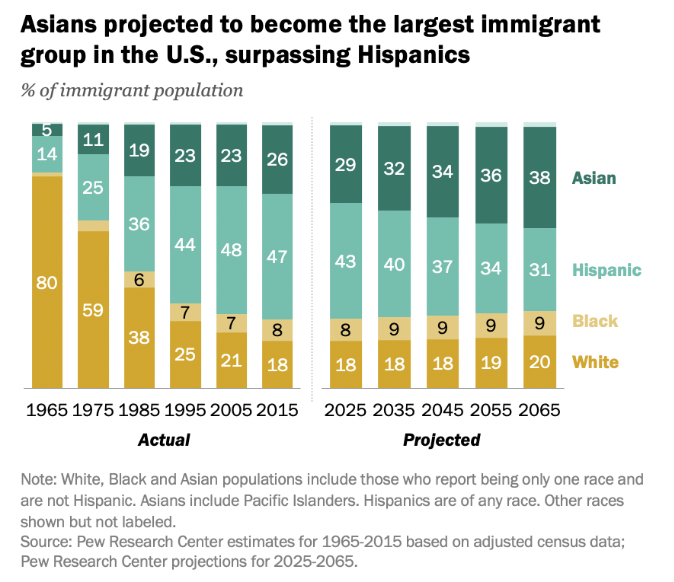Why Cultural Relevance Matters in Marketing to Asian American Consumers
May is Asian American and Pacific Islander Heritage (AAPI) Month in the U.S., celebrating this vibrant community’s diverse culture, traditions, and contributions. Asian Americans, comprising only 7% of the population, are the fastest growing and most diverse ethnic group in the U.S. Chinese, Asian Indian, Filipino, Vietnamese, Korean, and Japanese make up 85% of the total Asian population, representing more than 20 countries of origin across Asia. A predominantly immigrant population, Asian Americans are on track to becoming the largest immigrant group in the country by mid-century.

Understanding its similarities and differences is equally important as the scale of this thriving demographic. Despite the stereotypes, Asian Americans are not a monolith. While they may share common cultural beliefs such as strong family values, an emphasis on education, and preserving traditions, it is essential to recognize that there are over 800 languages and dialects spoken among them and no shared religion.
For marketers looking to attract and engage these consumers, it is crucial first to acknowledge the diversity within the Asian American community. Doing so requires understanding their distinct cultural backgrounds. By taking a nuanced, inclusive approach, marketers can develop strategies that resonate with different segments of the Asian American population and establish meaningful connections with this consumer group.
More specifically, marketers must keep the following truths in mind:
Asian American Representation Matters
Based on a 2020 study, while people of color comprise about half of the images widely used in media and marketing, there remains a significant underrepresentation of Asian American and Pacific Islander (AAPI) individuals, particularly Pacific Islanders. To ensure genuine representation and avert the risk of tokenization, brands must prioritize featuring actual members of AAPI subgroups in their ads because they bring authenticity and legitimacy to the campaigns.
Conduct Market Research to Understand Cultural Values
Asian American consumers are financially savvy and value family and community. These dynamics influence their buying decisions. They are particularly drawn to products that offer convenience and simplicity alongside messaging centered around family values. Kohler’s “Family is Home” campaign, launched during the COVID-19 pandemic, effectively captured the essence of AAPI families spending quality time together at home. The campaign struck a chord with the AAPI community by highlighting the significance of family and home.
Speak to Diversity within the Asian American Community
Effective marketing campaigns for AAPI communities require understanding and embracing cultural, linguistic, and traditional nuances. This diverse community comprises over 50 ethnic groups from East, Southeast, and South Asia, as well as the Pacific Islands. Each group possesses its own set of values, customs, and languages. For example, many Asian cultures emphasize family, respect for elders, and education.
Moreover, consumer behaviors and cultural perspectives may vary between first-generation immigrants and later generations. The AAPI community also showcases a wide range of linguistic diversity. Thus, implementing linguistically inclusive marketing strategies that cater to the various languages spoken within the AAPI community can significantly impact marketing effectiveness.
Maintain a Diverse Marketing Team
Engaging Asian American and Pacific Islanders effectively necessitates a thoughtful and nuanced approach to marketing. That approach starts and stops with the people in the room making decisions about strategy, creativity, messaging, and delivery. Hiring and sustaining a diverse marketing team enables brands to give the consumer’s voice a seat at the table. Doing so requires intentionality around hiring practices, including sourcing talent from minority-serving institutions like HBCUs, developing talent internally, and maintaining a culture where everyone feels seen and heard. It has the psychological safety to express their authentic selves at work.
Summary
In summary, to develop successful marketing strategies that engage Asian Americans, it’s essential to understand and respect their value system, which profoundly influences their lifestyles and purchasing decisions. Leverage market research to gather those insights and employ a diverse team of marketers to bring them to life. By adopting these strategies, businesses can forge meaningful connections with the AAPI community and thrive in this market.






